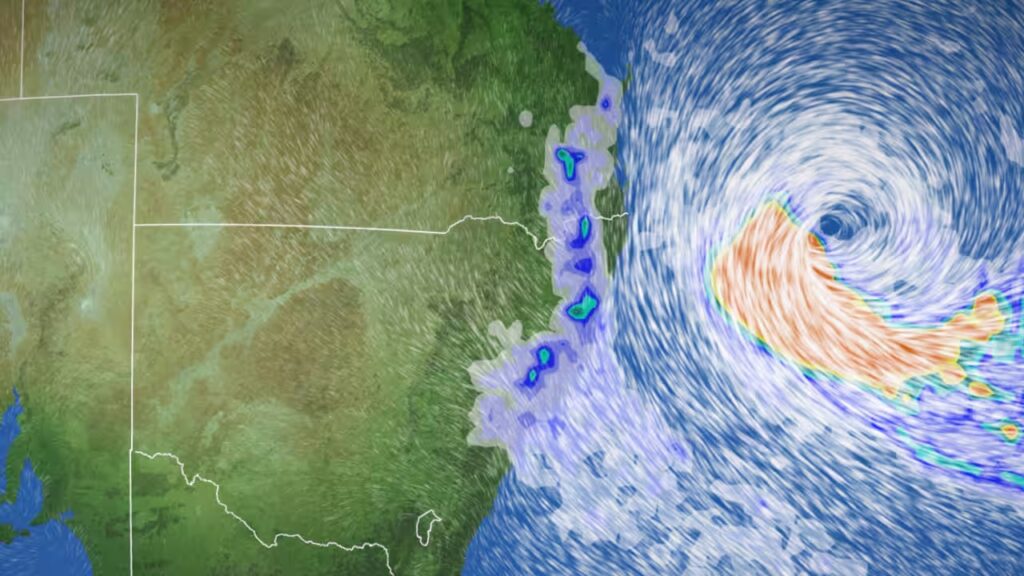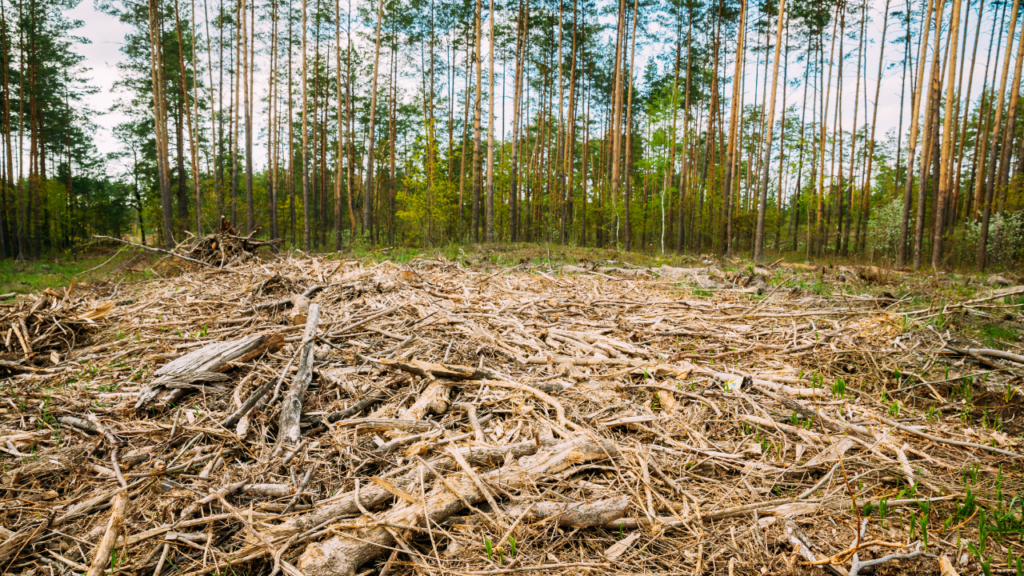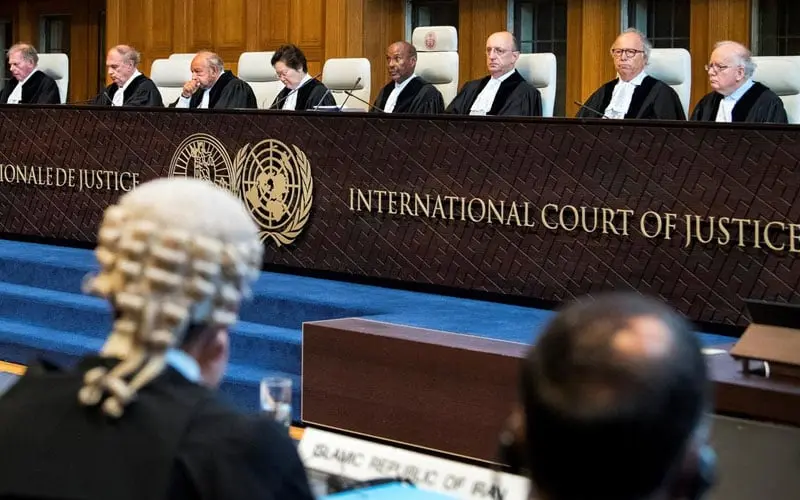The Intergovernmental Panel on Climate Change (IPCC) has just concluded its sixth assessment cycle, releasing the long awaited Synthesis Report. Throughout this mammoth undertaking, the world’s best scientists have done everything humanly possible to understand and communicate the danger we’re in and to show us a pathway out of it.
Here are the key things you need to know from the IPCC’s Sixth Assessment and what we’ve learned from each of its reports, brought together in the Synthesis Report.
In short: we have reached a precipice and we simply must get out of fossil fuels and get our emissions plummeting. At the same time, we need to step up efforts to adapt to the dangers that, owing to past inaction, are now coming at us no matter what. Finally, the good part, yes – we have the solutions (!) but the pace of progress has been far too slow and it’s time to give it everything we’ve got. Now and through this make-or-break decade.
Before we unpack things any further, let’s recap on some basics.
What is the IPCC?
The IPCC is the most authoritative international body on climate science. The IPCC was established in 1988 and is an essential component of the world’s response to climate change. Its Assessment Reports – published every five to eight years – have been a driving force for action, influencing international agreements.
Hang on… haven’t there been a bunch of IPCC reports recently?
Yep! In fact, this is the fourth report to be published by the IPCC in the past year and a bit.
The reason for this is that the IPCC has been working steadily on its Sixth Assessment Report (AR6), which is the most comprehensive review of the state of knowledge on climate change ever completed. There have been three reports – the contributions from each of the IPCC’s working groups – leading up to this Synthesis Report.
What makes up the Sixth Assessment Report?
Part 1:
Released in October 2021, the first part of the AR6 drew together all the latest science on how our climate system works and how we’re affecting it. It showed us that to avoid catastrophe, global emissions need to be roughly halved this decade. No ifs. No buts.
Part 2:
In February 2022, the second instalment of the AR6 was released, which looked at the impacts of climate change, what they mean for us and Earth’s ecosystems. It showed we must drastically step up efforts to adapt to cope with the impacts we are experiencing today and will face tomorrow. At the same time we must do everything possible to get emissions down fast (see Part 1), as unless we do that we’ll be setting ourselves up for a future to which it is impossible to adapt.
Part 3:
The third and final substantial instalment was released in April 2022, which looked at how we can get our emissions plummeting this decade and avoid future harm as much as possible. It affirmed yet again that we must roughly halve global emissions by 2030, that we need to move swiftly beyond fossil fuels, and that every fraction of a degree of avoided warming matters. And it showed that it can be done. Albeit with a mammoth, transformative, all-of-society effort.
Part 4:
The Synthesis Report is the last in the series, and summarises the three substantive reports – that run to a total of over 10,000 pages – into a simple, easy to digest whole.
With action this decade being absolutely critical to a liveable future, the information contained in the Sixth Assessment Report is our last and best hope of avoiding the worst impacts of climate change. If we have not taken very significant action by the time the Seventh Assessment Report is finalised around the end of this decade, we will be in very serious trouble indeed.
What are the top 10 takeaways from the Synthesis report?
1. Humans have permanently changed the planet
Is now an established fact that humans have altered the climate – primarily through the burning of coal, oil and gas – and that this has increased the frequency and intensity of many weather extremes, driven sea level rise, and damaged the critical ecosystems on which we depend. Rapid and widespread changes have occurred, and more impacts are locked in.
2. Warming is already killing people, destroying nature, and widening inequality
Climate change is already driving widespread losses and damages to communities and nature. It is impacting us all, though those least responsible for the crisis, and with the fewest resources to cope with these new stresses, are being hit first and hardest.
3. There is still much we can do to limit future harms
Although some changes in the climate system are now irreversible because of warming caused by historical greenhouse gas emissions, some impacts can be slowed or even avoided. With every fraction of a degree of avoided warming, we will be reducing the risk of extreme weather and other impacts of climate change in the future.
4. We must work harder to adapt to the impacts that are here now and will continue to escalate
We can limit harm by building the resilience of our communities, increasing disaster preparedness, and, in particular, by supporting the most vulnerable communities in Australia, our region and beyond. But this is no substitute for doing everything possible to reduce emissions.
5. Progress has been made, but not nearly enough
While progress has been made globally to reduce emissions and tackle climate change, there is still an extraordinary gap between the path that the world is currently on, and what the science says is required to limit harms to present and future generations.
Most of the progress and pledges that have been made to date have been incremental. As a result of increased greenhouse gas emissions over recent decades – at a time where we needed to begin the process of permanent and immediate emissions reductions – transformative action across all areas is required to meet the goals of the Paris Agreement.
6. We have virtually all the solutions right now, we just need to roll them out
We already know what is required to deeply, permanently and immediately reduce emissions to prevent untold suffering, and most of the technologies required to do so in the short-and medium-term are available and viable today.
7. Fossil fuels have got to go
The world is already feeling the impact of past greenhouse gas emissions. Fossil fuel infrastructure already installed and operational is sufficient to make the world a much harder place to live over coming decades. Avoiding the worst of climate change means abandoning plans for further fossil fuel expansion and going all in on transforming our energy system, including the managed phase-out of existing coal, oil and gas facilities.
8. The costs of inaction far outweigh the costs of action
Reducing greenhouse gas emissions will require substantial investment. However, even before considering the economic benefits of avoiding catastrophic climate harm, the total cost of the investments required are likely to be no more than the costs that fossil fuels places on the global economy today through things like the health impact of air pollution. This means that much of the upfront cost of reducing emissions will be paid for very quickly by reduced health costs.
9. We can still turn this around
The decisions we make today will profoundly impact the lives, security and wellbeing of people alive today and countless generations to come. We have the power to change the trajectory of the earth system today, but this power diminishes with each passing year, and we are running out of time.
10. This is our ‘last chance’ decade
This latest IPCC report makes it clear that we have almost run out of time. Our window to avoid the worst of climate change is rapidly closing. So the decisions we choose to make now, this year, and over the coming decade will make a world of difference to our health, well being and economic future. By the time the Seventh Assessment Report comes around, we may have locked ourselves into a much worse future. We must consider this our last warning.
So, what now?
While no developed country has more to lose from climate change-fuelled extreme weather, no one has more to gain as the world transforms to a zero-carbon economy than Australia does. Australia has enough sun and wind to be a world leader in renewable energy, as well as in industries such as clean manufacturing, minerals processing and renewable hydrogen. Generations of Australians could work in these clean industries, reducing Australia’s emissions while helping the wider world to reduce emissions as well.
We know what is required to deeply, permanently and immediately reduce emissions, and Australia should be surging ahead with these solutions and creating a healthy, kinder, happier future for all.
In short, globally, we are a very long way from where we need to be, and after a lost decade, Australia has a lot of catching up to do.
The report could not come at a more important time in Australia. The Government is finalising the rules that will require the country’s biggest polluters to finally start cutting their emissions. It’s vital that the reform of the Safeguard Mechanism requires companies to make genuine emissions reductions and fast, that it doesn’t allow them to try and ‘offset’ their way out of trouble, and that we do not leave the door open to new coal and gas.










